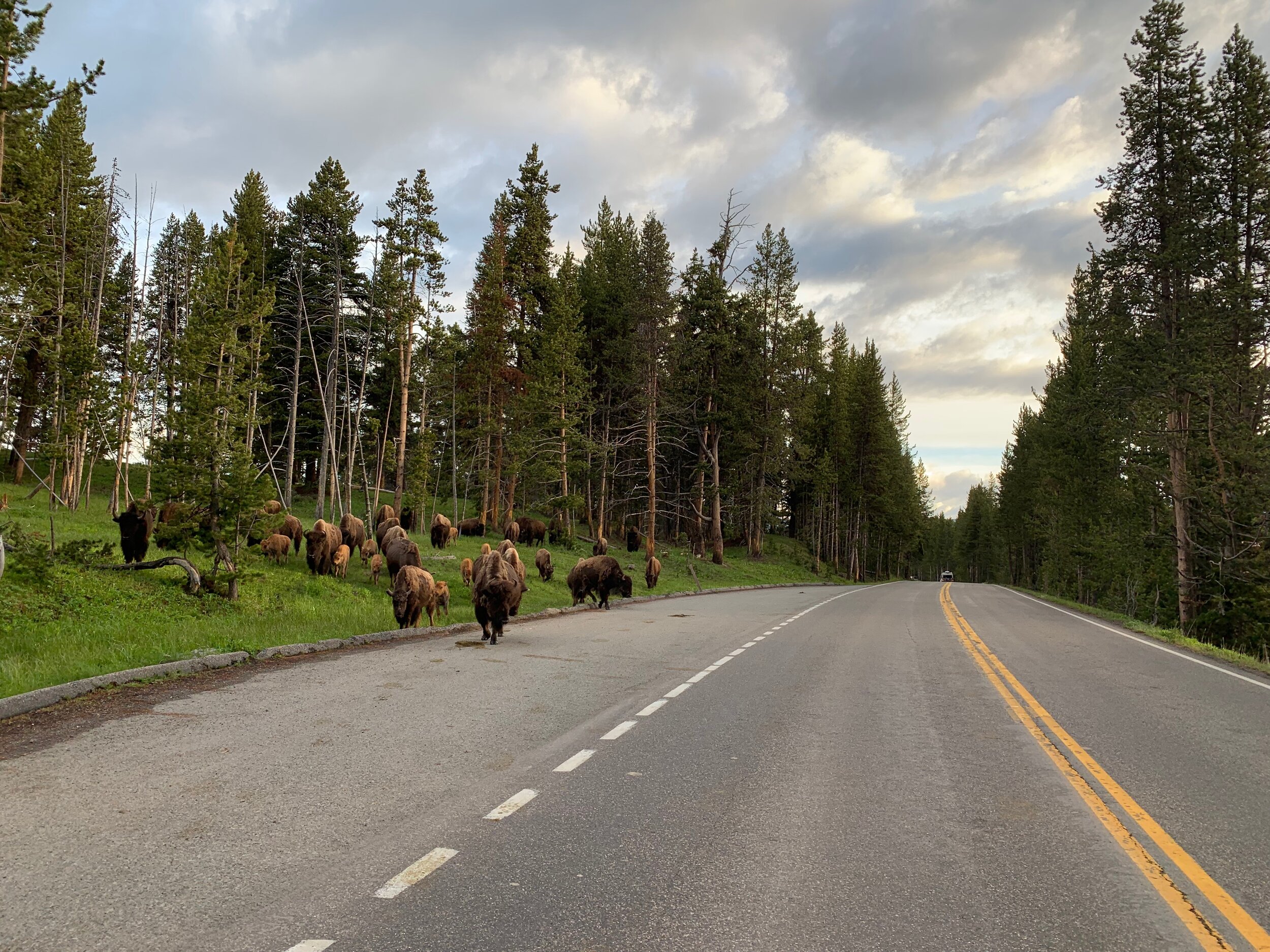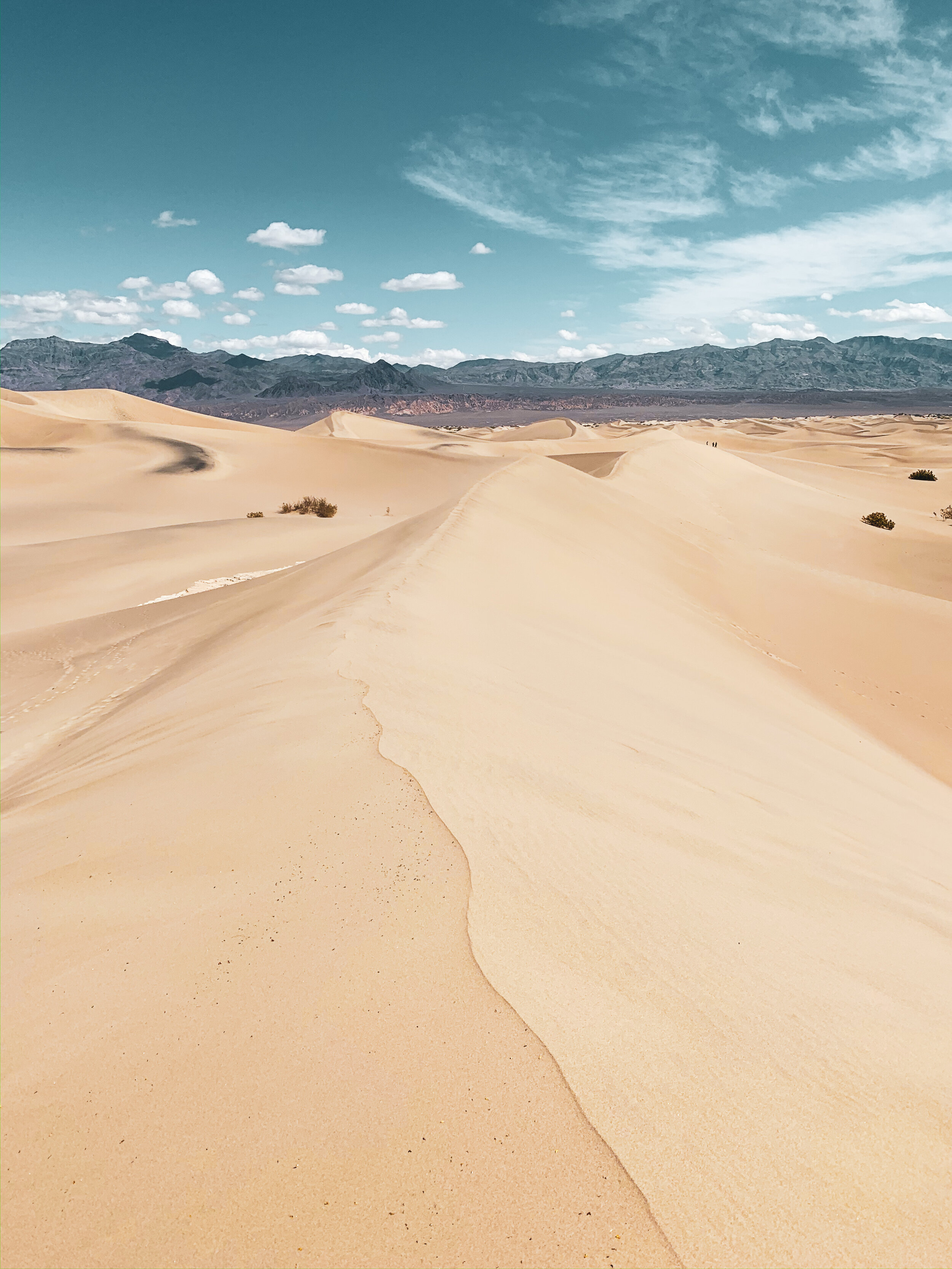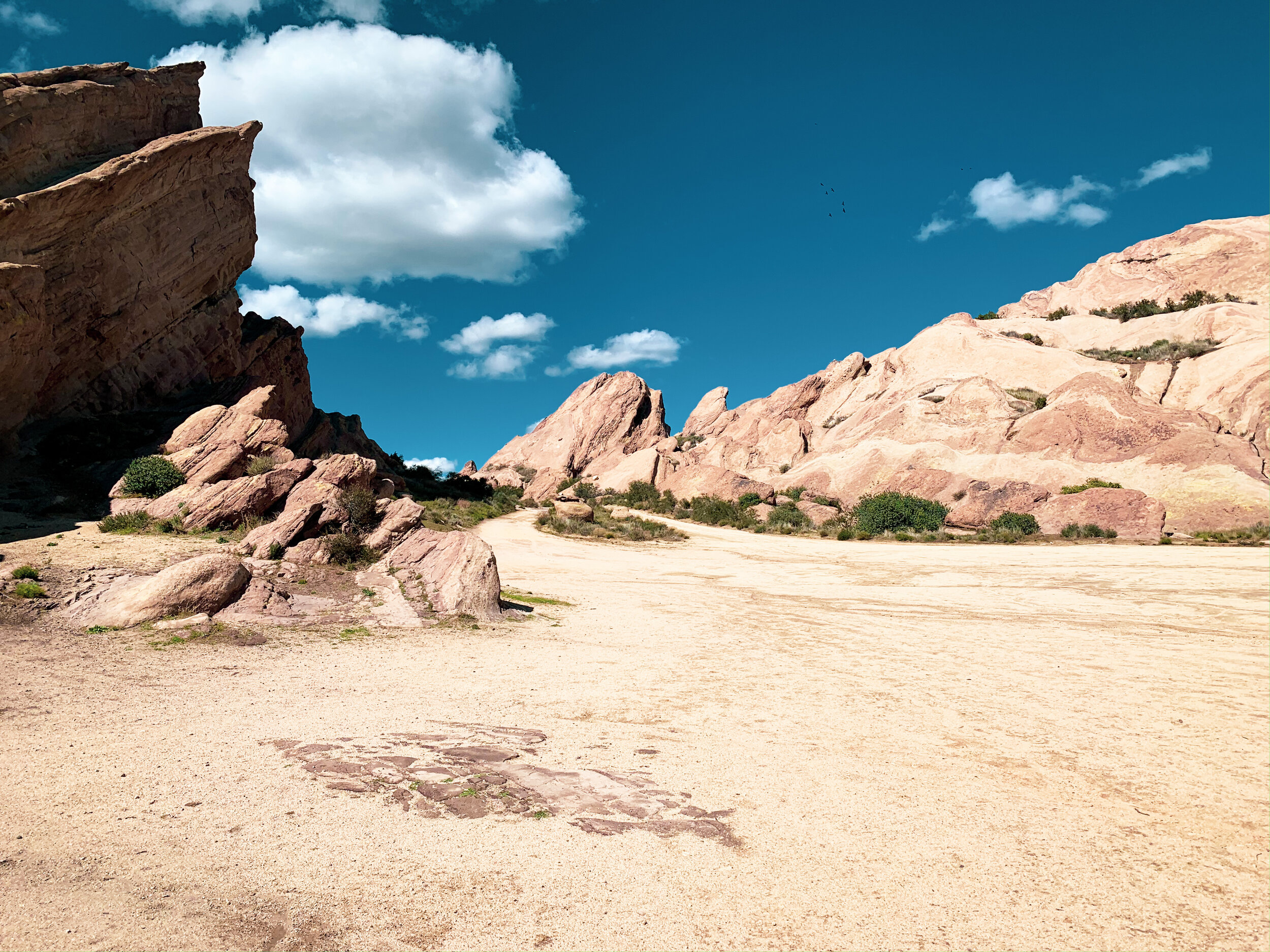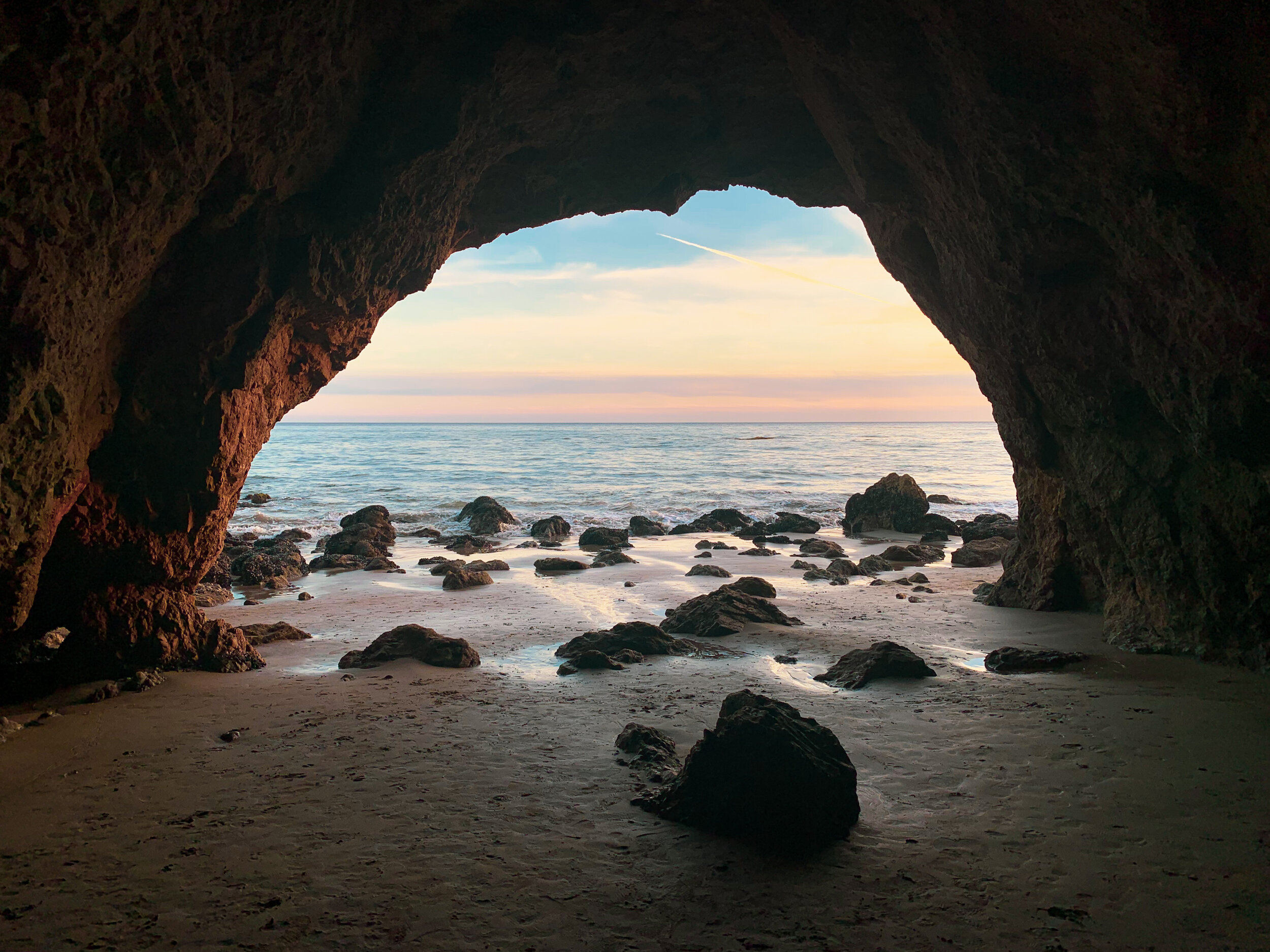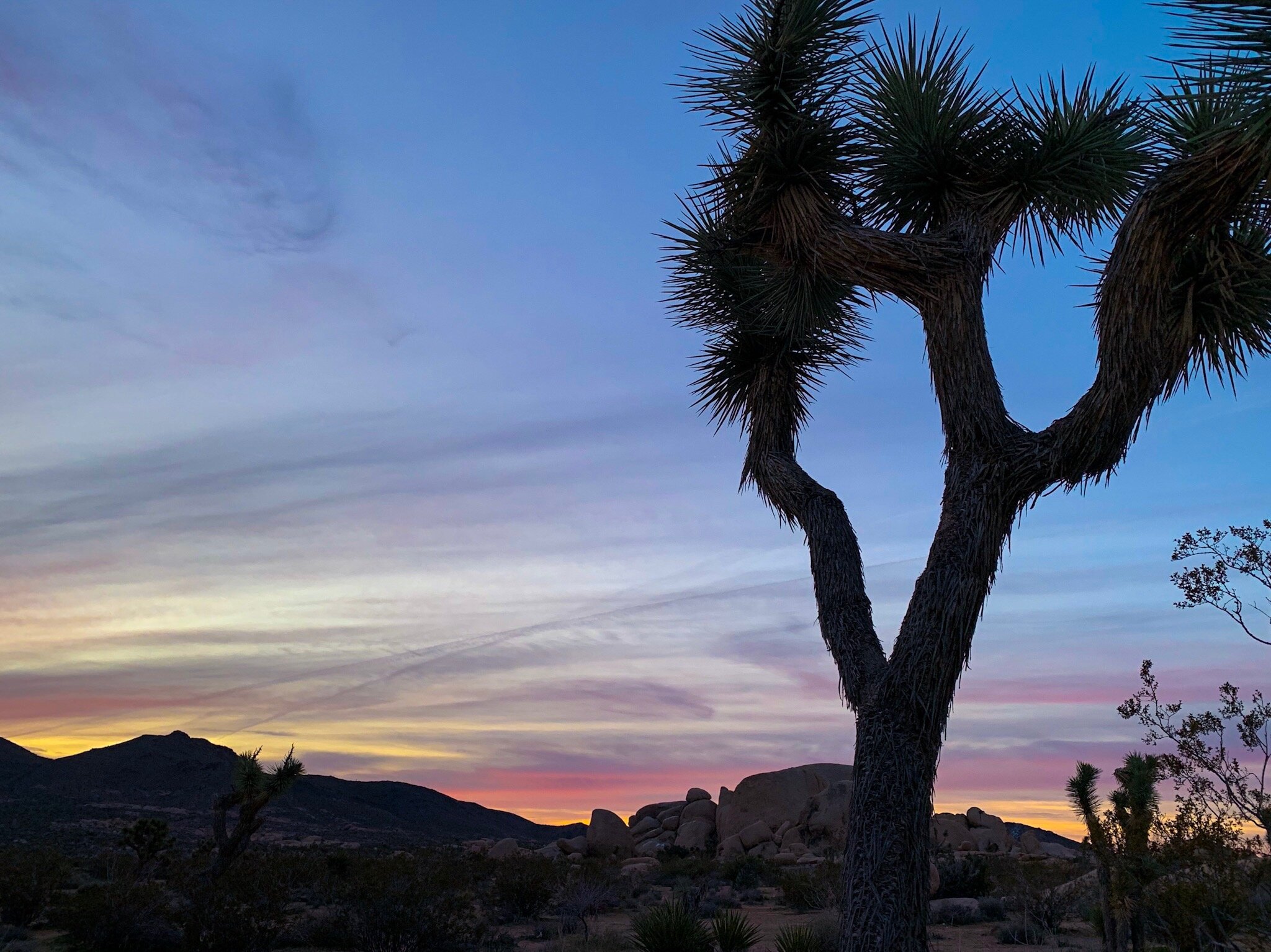With so many people planning domestic travel for 2020, an overwhelming amount of travel questions these days have to do with road tripping. It seems to be the method of travel people are preferring this summer, with air travel feeling simply out of the question. No matter what, a road trip full of National Parks might sound incredibly enticing.
Disclaimer: this post may contain affiliate links
As someone who lives full time on the road, I’ve been able to see the world of road travel evolving with COVID-19 firsthand. And with Parks reopening, it’s becoming clear that some parks are going to be far more crowded than others.
Getting outside this summer might just seem like the ideal way to social distance while still getting to see something new, and you’re right! As campgrounds begin to open and visitor centers increase access, this is a great way to learn about nature, get to see some beautiful scenery, and voyage to somewhere new. The thing is, some parks are far more crowded than others. This year, I could definitely see parks limiting capacity at the gate, so here are some alternatives to the Lower 48’s most popular National Parks.
While one of the most popular parks, Wyoming’s Yellowstone is one that’s already drawing crowds. Keep reading to find out where to head instead.
Instead of Yosemite, try Kings Canyon!
This California park has everything Yosemite has except Half Dome and El Cap. Here, you’ll find similar giant rock monoliths, dense Sequoia forests, and lots of wildlife. It’s also adjacent to Sequoia National Park, so you can check off two parks at once! Kings Canyon is perfect for scenic drives, hiking, waterfall chasing, and wildlife viewing, and it’s perfect for anyone who wants Yosemite’s natural landscape without the crowds the popular park brings in.
From the Mist Falls Trail in Kings Canyon National Park (2018)
Instead of Grand Canyon, try Bryce Canyon!
While Bryce Canyon and the Grand Canyon are fairly different (and Canyonlands might have more of that classic canyon feel—but I only recommend spots I’ve personally visited), Bryce Canyon in Utah is one of the most unique landscapes in the US. It’s full of hoodoos—giant rock formations that look like strange sandcastles. It is definitely less trafficked than the Grand Canyon, so you’ll be more likely to have a distanced Rim hike here than at the natural wonder in Arizona.
Bryce Canyon’s Hoodoos are like nothing else in the country
Instead of Yellowstone, try the Grand Tetons!
Of course, the Tetons aren’t an active volcano like Yellowstone, and you won’t find the Grand Prismatic Spring here, nor will Old Faithful erupt for you, but the truth is, Yellowstone is easily one of the most crowded National Parks I’ve ever been to. Just south of Yellowstone, likes the Grand Tetons, a range in the Rockies just overshadowed by its volcanic northern brother. The Tetons has some of the best mountains views you’ll ever get, and has tons of lakes to explore if you like kayaking or paddleboarding. The Grand Tetons are a hiker’s paradise, and you’ll be just as likely to see bison here as in Yellowstone.
The Grand Tetons at sunset in June 2019
Instead of Mount Rainier, try the North Cascades!
Mount Rainier is one of the most popular National Parks on the west coast. With towering mountains and melting glaciers, there are few parks like it, but if you’re looking to avoid crowds, you might consider hitting North Cascades instead. This is a small park interspersed with Forest Land, but it’s stunning, and it’s one of the most dog friendly parks in the country. You will have to do a bit more hiking to see cool sites here, though, so pack your hiking shoes!
From the top of the very strenuous Thornton Lakes Trail in North Cascades National Park
Instead of Badlands, try Theodore Roosevelt!
The Badlands is a stunning landscape that usually symbolizes the reason people travel to the Dakotas in the first place, but its grassy counterpart in North Dakota is often overlooked. Theodore Roosevelt National Park is a highly underrated spot a few hours north of South Dakota’s Badlands, and is home to bison, prairie dogs, and more, and is also known as one of the least visited parks in the country.
Theodore Roosevelt National Park’s unique landscape
Never planned a road trip before? Click HERE for all my tips on how to survive long haul trips on the road!
When it comes to traveling post-pandemic, sticking to domestic travel might be the best option for a while. And that’s okay! There are plenty of amazing sites right in your own backyard, it’s just a matter of knowing where to look.
Need gear for your first camping trip? Click the link below and receive 20% off eco-friendly gear from Madera Outdoor!













